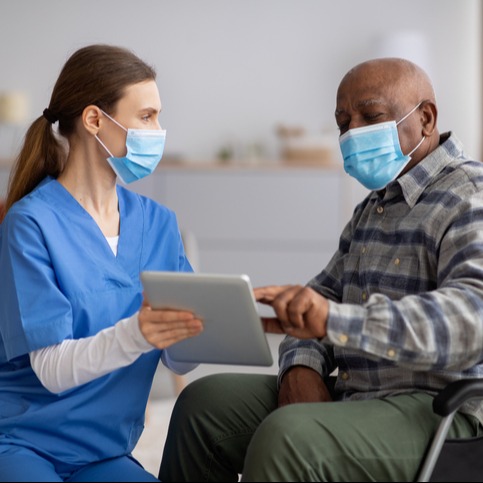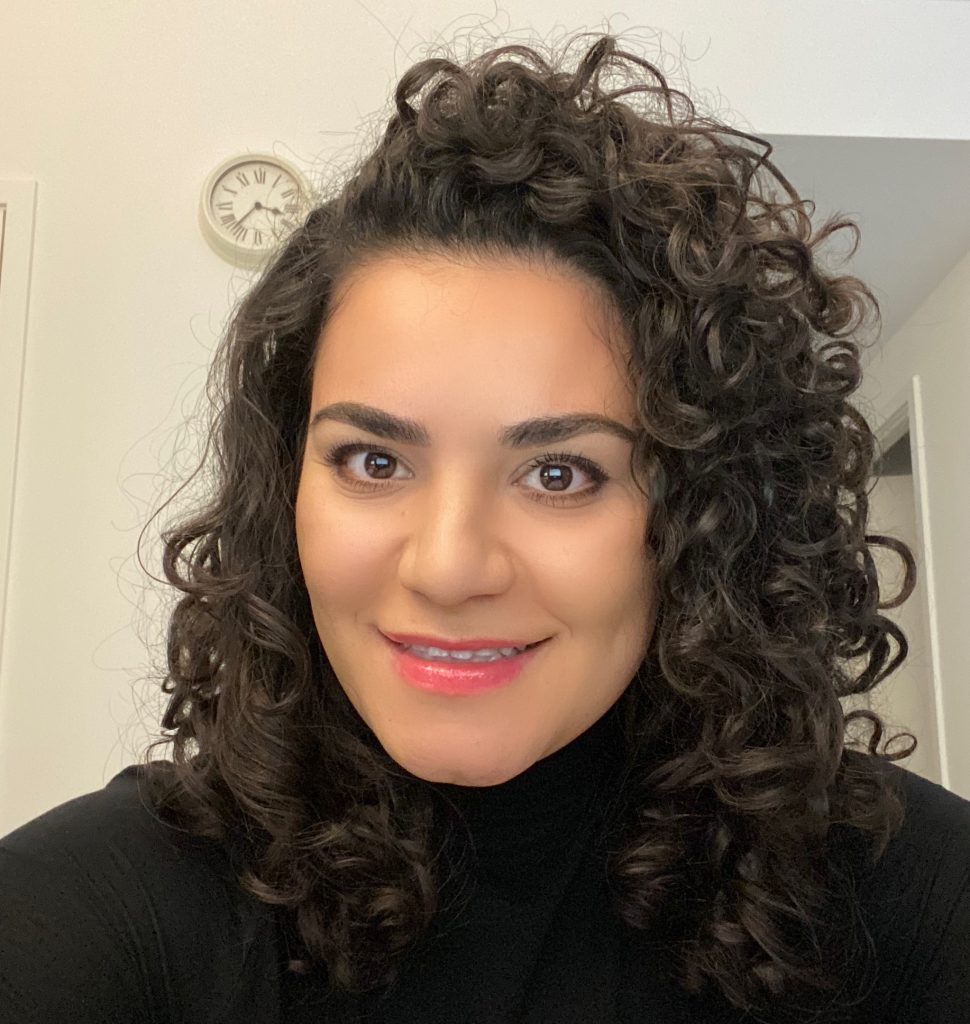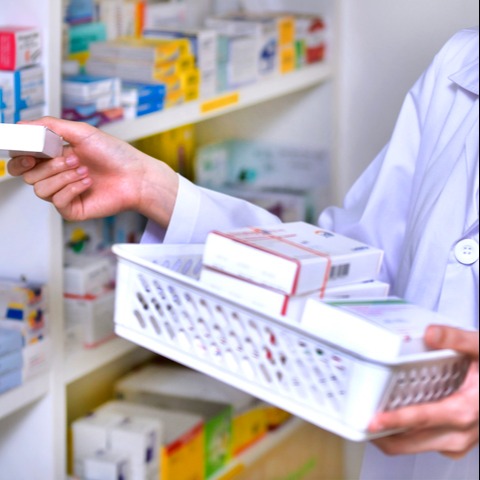
Struggling to afford your medications? Look no further than patient assistance programs – the lifesaver you've been searching for. These programs, run by pharmaceutical companies, provide free medications to those who can't afford them. If you need guidance and information on these programs, RxAssist has got your back. With a comprehensive database and resources, you'll find practical tools, news, articles, and information on free medications, low-cost medicine programs, managing medication costs, safety net programs, health insurance coverage, and more. Whether you're a healthcare professional or a patient, RxAssist is here to help you navigate the complexities of medication costs and find the assistance you need. Remember to consult a healthcare professional for personalized advice. Don't let finances compromise your health – discover patient assistance programs with RxAssist today.
Overview of Patient Assistance Programs
Understanding patient assistance programs is crucial for healthcare professionals and individuals seeking financial relief for prescription medications. Patient assistance programs, or PAPs, are sponsored by pharmaceutical manufacturers and provide assistance to low-income individuals. These programs offer free medication or financial support for those who cannot afford their prescriptions. PAPs are a valuable resource for individuals without insurance coverage or facing high out-of-pocket costs. By partnering with pharmaceutical companies, PAPs ensure that necessary medications are accessible to those in need. It's important to note that each patient assistance program may have different eligibility criteria and application processes. Therefore, individuals should gather information about specific programs that may offer free or discounted medications. By taking advantage of patient assistance programs, individuals can alleviate the financial burden of prescription medications and improve overall healthcare affordability.
Sources of Patient Assistance Programs
To discover sources of patient assistance programs, begin by researching pharmaceutical manufacturers and nonprofit organizations that offer financial support for prescription medications. Many pharmaceutical companies have established patient assistance programs to aid individuals who cannot afford their medications. These programs provide financial assistance to eligible patients, ensuring they have access to the necessary medications for their healthcare. Nonprofit organizations also play a crucial role in providing patient assistance programs, working tirelessly to offer financial support for prescription medications. They assist individuals who are struggling to afford and complete their necessary treatments. By exploring these sources, you can find the required financial assistance to obtain the medications you need and ensure your healthcare needs are met.
Functionality of Patient Assistance Programs
You can benefit from patient assistance programs, accessing free medications and financial support through pharmaceutical manufacturers and nonprofit organizations. These programs are specifically designed to aid individuals who are unable to afford their prescription medications. Pharmaceutical companies offer these programs as a means of giving back to the community, ensuring that everyone has access to the medications they need. Through patient assistance programs, you can receive free or discounted prescription drugs, making it easier to manage your healthcare costs. These programs are particularly valuable for individuals who may not have health insurance or have limited coverage. By providing financial assistance, patient assistance programs contribute to the healthcare system by improving overall affordability and reducing healthcare disparities.
Eligibility for Patient Assistance Programs
To be eligible for patient assistance programs, you must meet specific criteria set by each program's organization, including legal residency in the U.S. or Puerto Rico and meeting certain income requirements. These programs are designed to provide financial assistance to individuals who are underinsured or unable to afford their medications. Eligibility requirements may vary depending on the program and your insurance coverage. Some programs may be available to Medicare or Medicaid patients, while others may involve membership costs. It's important to note that patient assistance programs are run by pharmaceutical companies and offer free medications to those who qualify. If you need financial assistance for your medications, contacting these programs through their toll-free numbers can be a helpful step. However, it's crucial to remember that the information provided by these programs should not replace professional medical advice.
Examples of Patient Assistance Programs
Here are some examples of patient assistance programs that provide free medications to qualifying individuals:
Gilead Advancing Access Program: Assists eligible patients who are underinsured and cannot afford their medications.
GSK Patient Assistance Program: Provides financial assistance to qualified patients who are unable to afford GSK medications.
Healthwell Foundation: Offers financial assistance for medicines to individuals with chronic or life-altering conditions who are underinsured or have limited financial resources.
PAN Foundation: Provides financial assistance to underinsured patients with chronic or life-threatening illnesses, helping them access the medications they need.
Lilly Cares Foundation Patient Assistance Program: Offers free medications to eligible patients who meet income guidelines and do not have prescription drug coverage.
These patient assistance programs play a crucial role in ensuring that individuals in need have access to the medications required to maintain their health and well-being.
Criticisms of Patient Assistance Programs
One common criticism of patient assistance programs is their limited availability and lack of transparency in the sign-up process. Many individuals who are underinsured and can't afford their medications rely on these programs for various forms of financial assistance. However, they often encounter difficulties accessing and understanding the assistance programs. The eligibility requirements and benefits are not always clearly explained, making it challenging for patients to determine if they qualify for the program or what benefits they may receive. Additionally, the sign-up process can be confusing and tedious, further hindering individuals in need from receiving the help they require. These criticisms highlight the need for greater transparency and accessibility in patient assistance programs, ensuring that those who need financial assistance can easily access the support they require.
Finding Patient Assistance Programs for Your Medication
Find patient assistance programs for your medication by utilizing online resources and databases. Various programs are available that offer financial assistance and free medications to individuals who cannot afford them. One valuable resource is RxAssist, a comprehensive database that provides information on patient assistance programs, low-cost medicine programs, and managing medication costs. This website is a helpful tool for both healthcare professionals and patients seeking assistance with medication expenses. By accessing these programs, you can ensure access to necessary medications and alleviate the financial burden of prescription drugs. Remember to consult with healthcare professionals for guidance on your specific medical needs and to ensure that the information provided by these assistance programs aligns with your healthcare plan.
Benefits and Limitations of Patient Assistance Programs
To understand the benefits and limitations of patient assistance programs, it is important to consider their impact on individuals relying on financial assistance and free medications for their healthcare needs. Patient assistance programs, or PAPs, provide crucial support to low-income individuals by offering financial assistance and access to necessary medications. These programs can help alleviate the burden of high prescription drug costs, ensuring that individuals receive the medications they need to manage their health conditions. By offering free medications or reducing out-of-pocket expenses, PAPs can greatly improve the overall well-being and quality of life for those who may otherwise struggle to afford their medications. However, it is important to acknowledge that patient assistance programs may have limitations, such as complex sign-up processes and restrictions on specific brand-name medications, which may limit patients' options. Despite these limitations, patient assistance programs remain a valuable resource for individuals in need of financial assistance and access to essential medications.
Conclusion and Final Thoughts
To conclude our discussion on the benefits and limitations of patient assistance programs, it is essential for you to understand how these programs can ultimately enhance access to medications for individuals in need. Patient assistance programs play a crucial role in providing financial support for prescription drugs to low-income individuals, thereby reducing healthcare disparities and ensuring access to necessary medications. Sponsored by pharmaceutical manufacturers, state programs, other providers, and nonprofits, these programs offer a lifeline to those without adequate insurance coverage. By providing free or low-cost medications, patient assistance programs alleviate the burden of expensive prescriptions and help individuals reach the TrOOP threshold, benefiting Part D enrollees. It is important to remember that while patient assistance programs offer valuable financial relief, they should not be seen as a substitute for professional medical advice.
Conclusion
So, don't let financial constraints compromise your health. Take advantage of patient assistance programs like RxAssist to access the medications you need. These programs offer free medications to individuals who cannot afford them, ensuring that everyone has access to necessary healthcare. Remember to consult a healthcare professional for personalized medical advice. Discover the possibilities of patient assistance programs and take control of your health today.
Frequently Asked Questions
What Should Patients Do if They Cannot Afford Their Medications?
When you can't afford your medications, there are programs available to help. Run by pharmaceutical companies, these programs provide free medications to individuals and families in need. You don't have to worry about the cost.
What Is the Texas Prescription Assistance Program?
The Texas Prescription Assistance Program provides financial help paying for medications to low-income individuals without health insurance or inadequate coverage. It sets its own eligibility standards and is part of a network of assistance programs.
Who Is Eligible for Merck Patient Assistance Program?
You may be eligible for the Merck Patient Assistance Program if you are a legal resident of the U.S. or Puerto Rico and meet certain income requirements. The program offers financial assistance for prescription medications to those in need.
How Do You Qualify for the AbbVie Assistance Program?
To qualify for treatment under the AbbVie assistance program, you need to be a legal resident of the U.S. or Puerto Rico, prove uninsured status or inadequate insurance coverage, and meet certain income eligibility requirements.
Rely on PlanetDrugsDirect.com to Buy Online Prescription Drugs
As a trusted prescription referral service, we offer important benefits whenever you order online. Each of our partner pharmacies and/or government-approved dispensaries is committed to providing the best experience possible of any online prescription referral service on the internet. We offer:
Low prices
Quick turn-around times
Generic and brand-name medications
Unparalleled customer service
Sources
RxAssist - Patient Assistance Programs www.gileadadvancingaccess.com
Patient Assistance Programs | GSK Help Center
Lily True Assist is the collection of Lilly patient assistance programs. (lcfamerica.org)
PAN Foundation - Home
 Medically reviewed by
Medically reviewed by 





